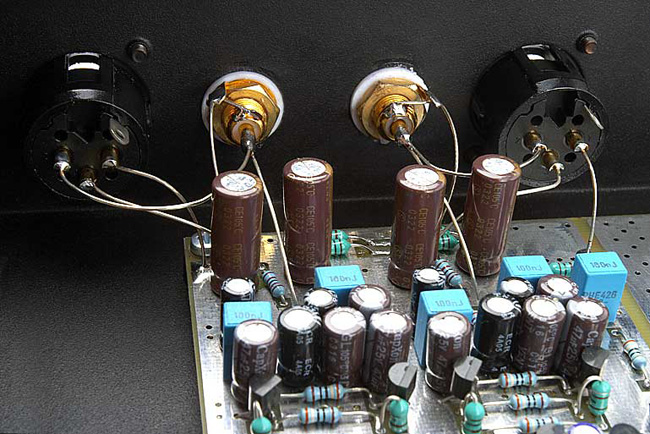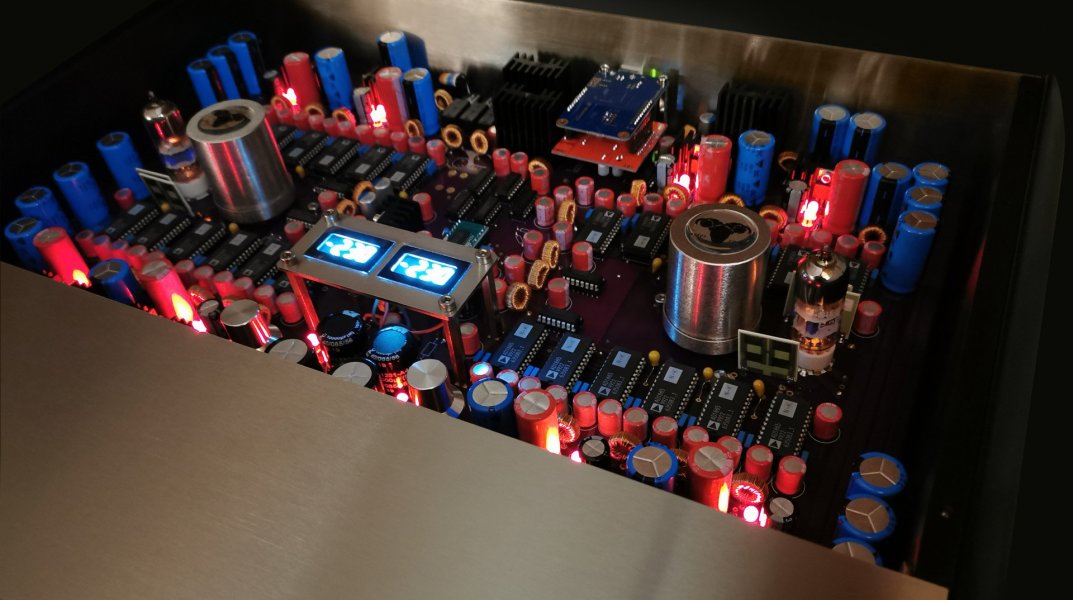You mean the TDA1540, TDA1541A, DAC8811 and DAC8812 (supposedly some of the few true R-2R ICs)?
Yes, and I think AD1865. The BB PCM63 is a dual ladder R2R (19 bits each)
The PCM63 is a new solution to the problem. It combines all
the advantages of a conventional DAC (excellent full scale
performance, high signal-to-noise ratio and ease of use) with
superior low-level performance. Two DACs are combined
in a complementary arrangement to produce an extremely
linear output. The two DACs share a common reference and
a common R-2R ladder to ensure perfect tracking under all
conditions. By interleaving the individual bits of each DAC
and employing precise laser trimming of resistors, the highly
accurate match required between DACs is achieved.
The PCM1704 employs an innovative architecture which
combines the advantages of traditional DACs (e.g., excellent
full-scale performance, high signal-to-noise ratio, and ease
of use) with superior low-level performance. This architec-
ture is referred to as sign-magnitude. Two DACs are com-
bined in a complementary arrangement to produce an ex-
tremely linear output. The two DACs share a common
reference, and a common R-2R ladder for bit current sources.
The R-2R ladder utilizes dual balanced current segments to
ensure ideal tracking under all conditions. By interleaving
the individual bits of each DAC and employing precision
laser-trimming of resistors, a highly accurate match between
the two DACs is achieved
So, it seems the PCM1704 is basically the same but with 2 x 23 bit DACs.
Part of the superiority of the BB R2Rs is this co-linear approach with 2 DACs interleaved and giving them good low level resolution.
AD1865 and 1862 seem to be something of a hybrid
The design of the AD1862 uses a combination of segmented decoder,
R-2R topology and digital offset to produce low distortion
at all signal amplitudes. The digital offset technique shifts
the midscale output voltage (0 V) away from the MSB transition
of the device. Therefore, small amplitude signals are not affected
by an MSB change. An extra DAC cell is included to
avoid clipping the output at full scale.
I don't know what a "segmented decoder" is but it is dividing the 4 MSBs into 15 "segments".
The DACs on the AD1865 chip employ a partially segmented
architecture. The first four MSBs of each DAC are segmented
into 15 elements. The 14 LSBs are produced using standard R-2R
techniques

















